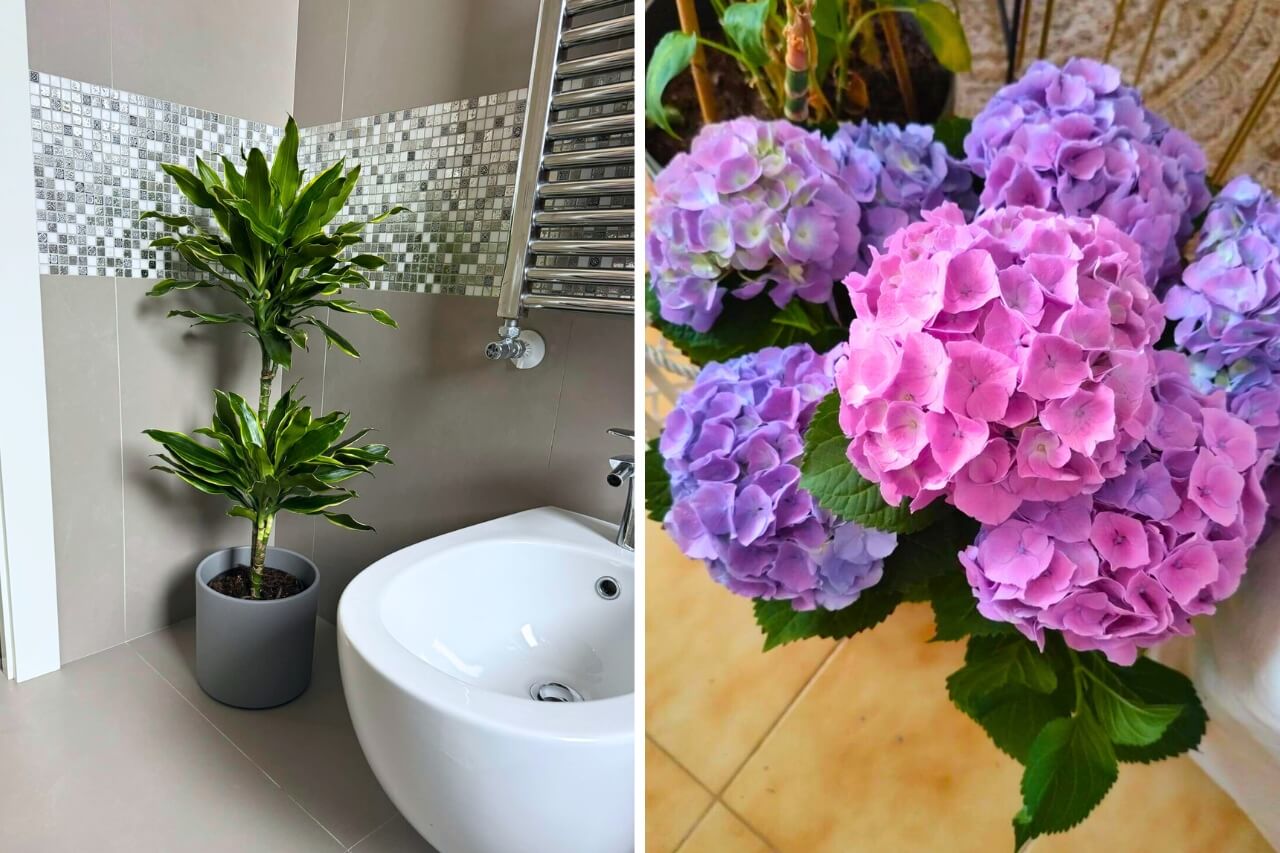I love having lots of plants in my home. I think they give a different light and a more beautiful color to the whole environment.
However, it is not always easy to keep indoor plants in perfect health. Sometimes the leaves turn yellow, the flowers wilt, and the plants look dry and lifeless.
The good news is that keeping your green friends healthy doesn’t have to be complicated or time-consuming. All indoor plants benefit from a bit of care and attention, and it often only takes a few minutes if you know exactly what to do.
In this article, I’ll share my ten easy-to-understand tips to keep your houseplants happy, healthy, and beautiful all year round.
1. The Light

The first key factor for indoor plant health is the light.
Keep in mind that most houseplants do best with plenty of bright, indirect sunlight, so placing them near a window helps a lot.
There are some low-light tolerant troopers like snake plants or pothos, so they’re ok even in dimmer corners, but even they appreciate some light.
On the other hand, sun-loving succulents and cacti prefer several hours of direct sun, so they’ll be happiest in a sunny windowsill.
If the plant needs more light, you will probably notice the leaves turning pale or the stems stretching toward the light.
On the contrary, if leaves develop brown, crispy edges or bleached patches, the plant may be getting too much direct sun.
Sometimes it’s a bit difficult to figure out. What I do is simply move the plant to different spots until I find the perfect spot for each one.
PRO GARDENER: Always remember, no plant thrives in complete darkness!
2. The Water
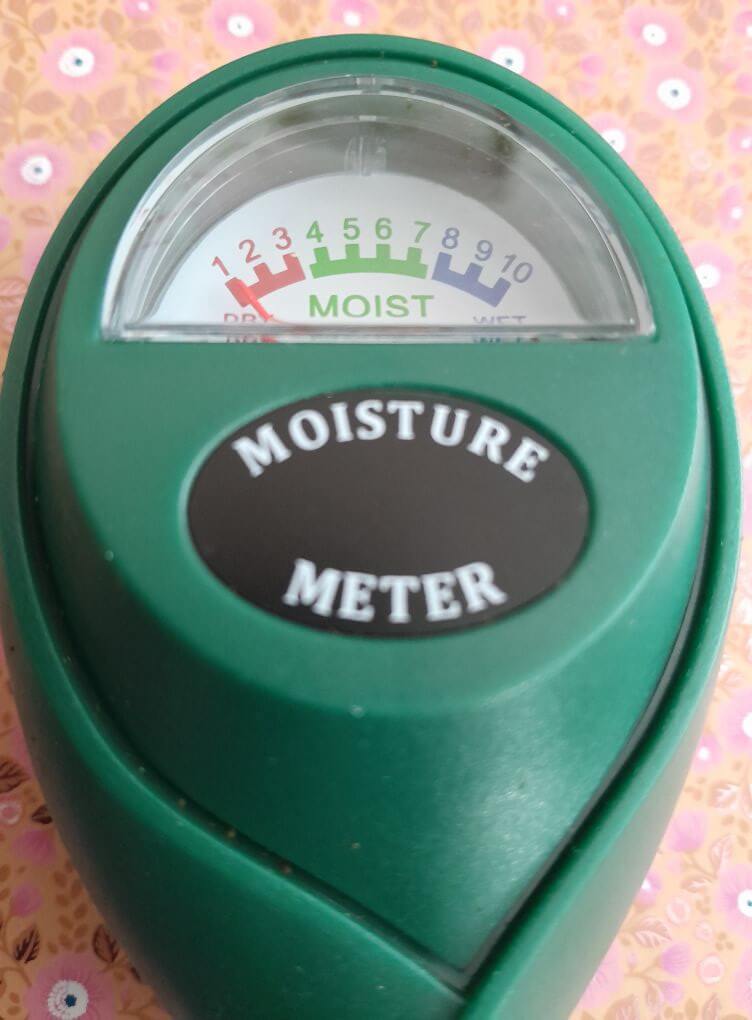
Water is essential, it’s obvious, I don’t need to tell you that. But something that many people don’t tell you is that more houseplants die from overwatering than from neglect.
The general rule is that you should water the plant only when the top inch or two of soil feels dry.
Sometimes people tell me, “I water my plant every day,” or “I add water every three days.” Is that ok?
Usually it isn’t, because having a fixed schedule isn’t good as water needs change.
On hotter, sunnier days, the plant may need more water than on shadier, cooler days.
For this reason, the only method that works with certainty is to insert a finger into the soil a couple of inches deep (or a few cm). If it’s dry, add water, but if it is damp, wait to avoid roots staying wet for too long and rotting.
3. Mind the Humidity
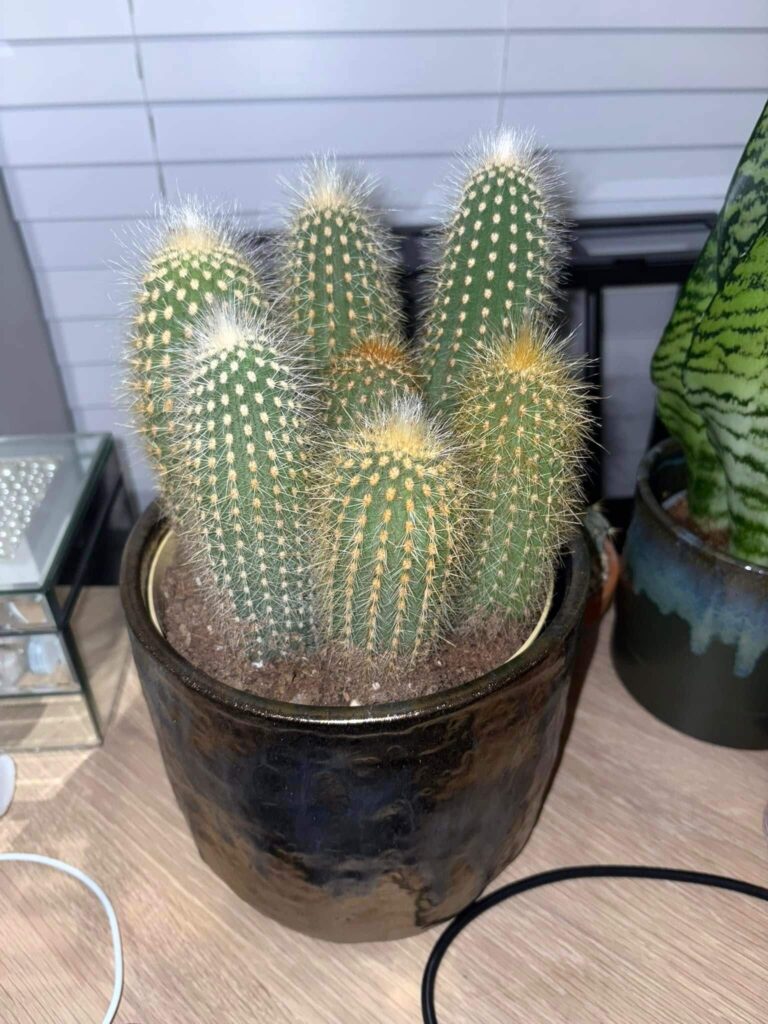
Another thing that I don’t see mentioned often is that many popular houseplants come from tropical regions and therefore appreciate a humid environment.
This can be a problem, especially in winter when you have the heating on and the indoor air is quite dry.
In this case, you can place a water tray near plants like ferns, peace lilies, or philodendrons to help maintain moisture in the air.
Obviously, this is not a problem for desert natives, such as cacti and succulents, which actually prefer dry air and won’t need any extra humidity.
4. Keep the Temperature Comfortable
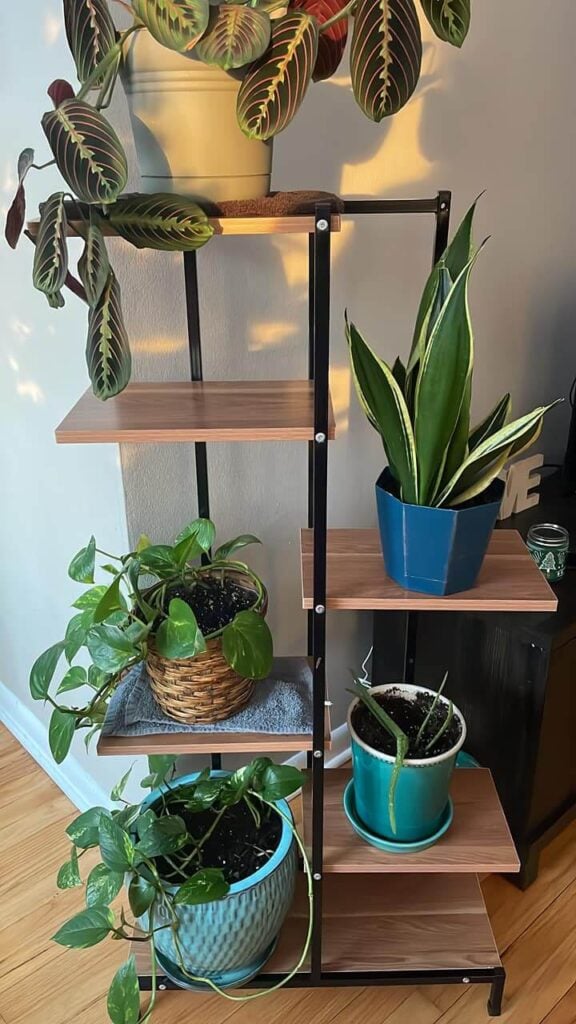
Now I have some great news for you. In general, houseplants thrive in temperatures that are comfortable for humans. So if the temperature is good for you, it’s usually good for your plants as well.
We’re roughly talking about 65–85 °F or 18–29 °C. The real problem, which you need to pay close attention to, is sudden cold drafts or blasts of hot air.
Especially the most delicate plants suffer greatly from extreme temperature changes, which means it is best to keep them away from heating vents, radiators, windows, or doors.
Consistent, steady room temperatures will keep most plants happy.
5. Use the Right Soil and Pot
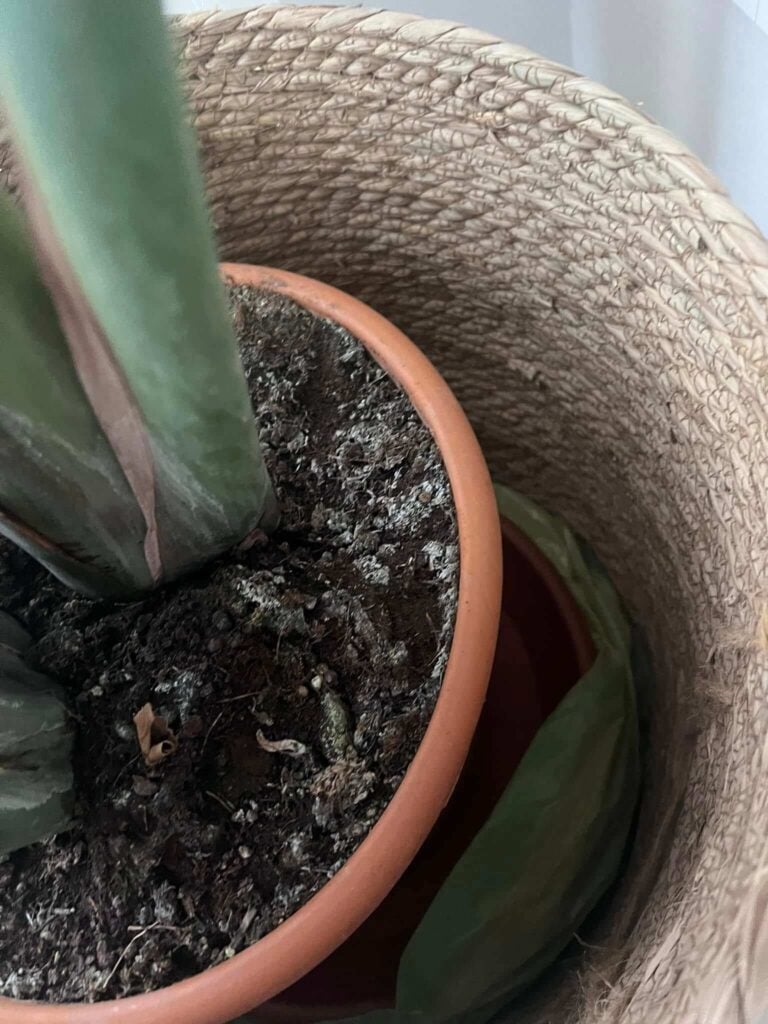
You wouldn’t believe how many times I’ve been told no one could figure out why a plant wasn’t healthy, yet no one ever thought to check the soil or the pot.
Using quality potting soil and a suitable pot is essential if you want the best results.
The first thing you should check is that the pot has good drainage (usually some holes on the bottom) so excess water can escape and the roots won’t sit in water.
In addition, I always recommend a lightweight potting mix (rather than heavy garden soil) because it provides better aeration and more nutrients for potted plants.
A few months ago, a friend of mine told me that her favorite decorative container doesn’t have drain holes.
In this case, you have two options: create the holes yourself, or if you don’t want to ruin it, you can keep the plant in a plastic nursery pot that doesn’t drain, then place it inside the prettier pot.
6. Please, With These Fertilizers!
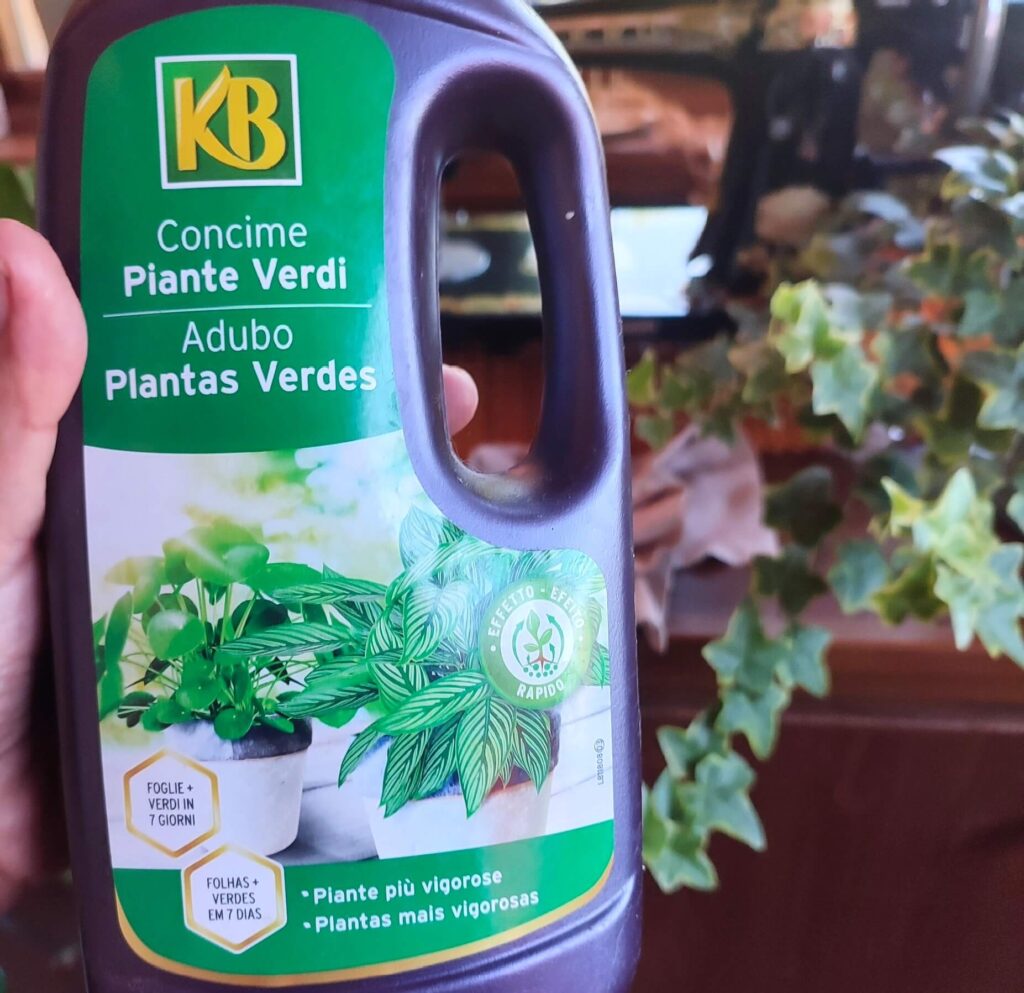
Please use fertilizers with great moderation. I know some people who use them every week, but you’re just doing more harm than good.
Most indoor plants only need fertilizing during their active growing season (spring and summer), and even then, a diluted dose of all-purpose plant food once a month or so is plenty.
Too much fertilizer can burn the roots or cause brown leaf tips, so follow the rule “less is more.”
In fact, if you’ve just repotted with fresh potting mix or if you’re in the middle of winter you can skip the fertilizer altogether.
Oh…one more thing, read and follow the fertilizer instructions, don’t be like many beginner gardeners who just eyeball it and pour in half a bottle at a time.
7. Keep Leaves Clean
Just like you do with your furniture, you should dust your plants as well. It seems like a strange thing to do, but clean leaves absorb light better and photosynthesize more efficiently.
Every few weeks, gently wipe the leaves with a soft, damp cloth, or if it’s a small plant, you can put it in the sink for a quick lukewarm rinse.
Removing the dust and grime will also remove any pests that might be hiding and open the leaf pores so the plant can breathe easier. And of course, your plants will look extra gorgeous with clean, glossy leaves!
8. Correct Pruning
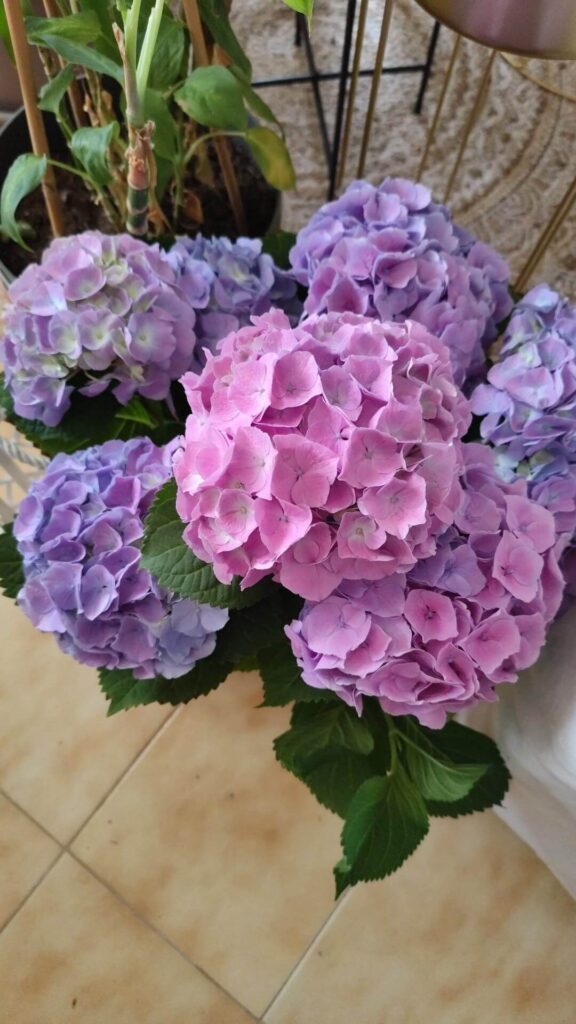
Too many people are afraid to give their plants a little haircut now and then.
I know that cutting branches and leaves from a plant that you have worked so hard to grow is not easy; however, you have to remove dead or yellowing leaves to help the plant direct its energy to new growth.
I say this in every article, but it’s such a common mistake: when doing this work, always use clean scissors or shears, it’s essential to prevent disease from spreading.
And check the other 10 most common gardening mistakes to avoid.
9. Repot Today, Not Tomorrow
Just like people, plants need their own space to grow healthily.
When they have grown a lot, it’s probably time to move to a bigger home, and plants also need to be moved to a bigger pot.
If I had a dollar for every large plant I’ve seen in tiny pots, I’d probably be a millionaire. Unfortunately, many people procrastinate, but try to do the right thing and repot the plant if it needs it.
It’s not even that frequent, usually every two years and annually only for fast growers like spider plants.
However, don’t rely on the time. It’s best to look at the roots. If they’re tightly circling the inside or poking out of the drainage holes, it’s probably time to repot.
PRO TIP: Try to repot in spring, since that’s when plants are gearing up for new growth.
10. Check on Your Plants Regularly
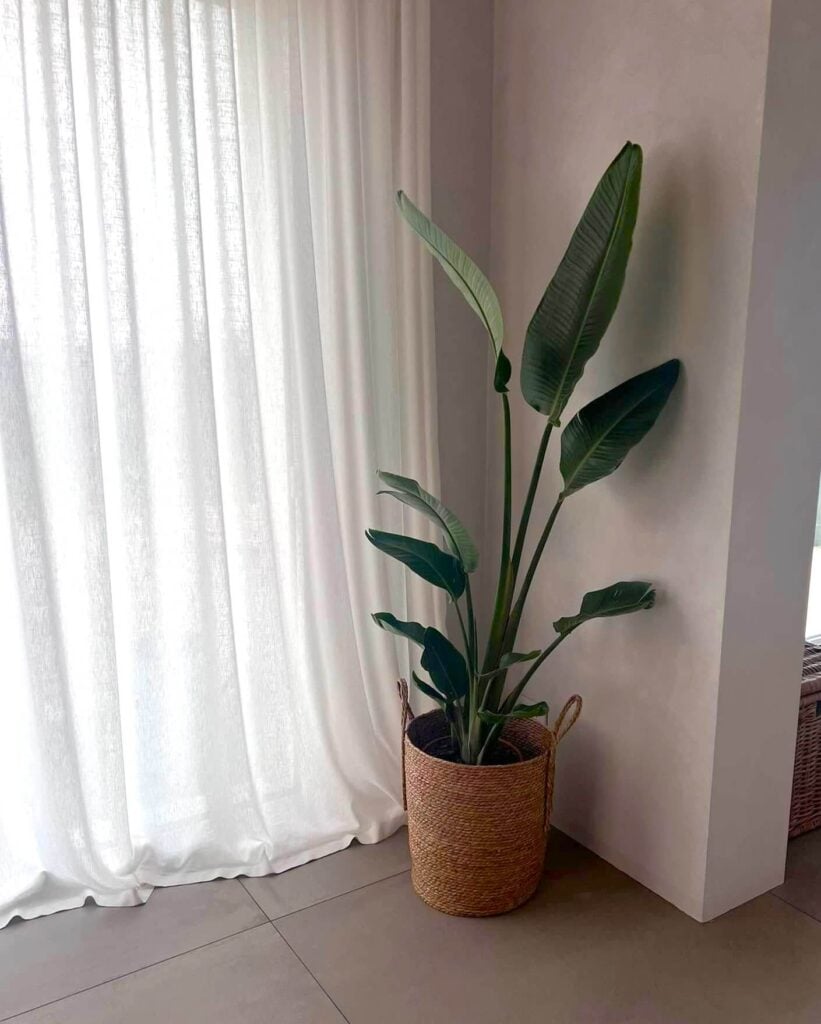
Last but not least, spend a little time with your plants on a regular basis.
A weekly check-in to water, rotate, groom, or just say hi to your houseplants will do wonders, and you’ll catch problems early and learn what each plant needs.
Look closely and check under the leaves; often, you can spot pest infestations or issues before they become serious things.
And if even these tips don’t help your plants grow, you can always try with one of the 10 tough plants that grow anywhere.

